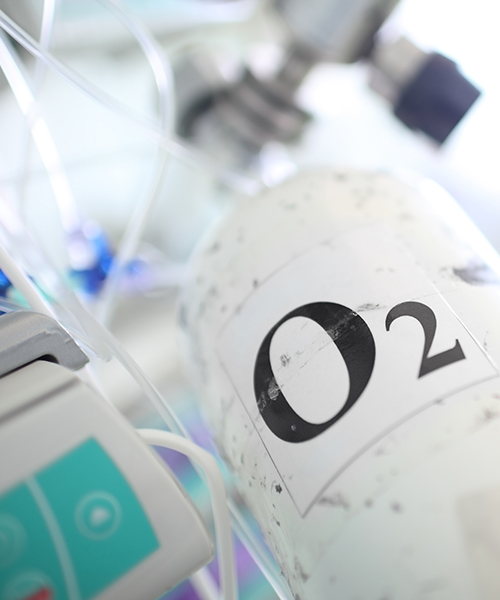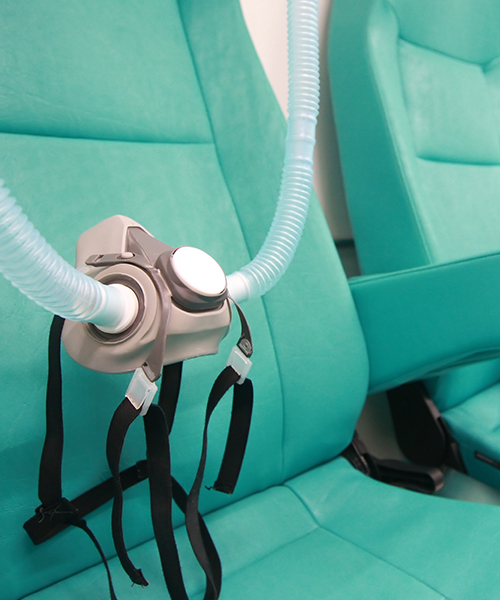During OxyCure therapy, the patients breathe in 100% pure oxygen in a pressure-controlled chamber that is pressurized to be higher than sea level. The body requires oxygen to strive, and under low-oxygen levels, much of the additional functions the body perceives as secondary are terminated to make use of the available oxygen to fuel survival-necessary functions.
What to expect
OxyCure is an outpatient procedure that does not require hospitalization. Patients receive two sessions, one immediately after surgery and the next one is scheduled on the day after hair transplants. During treatment patients will have to wear a cotton medical gown, sit or lie down in a tube chamber. Chambers rooms are either designed to be room-seized to fit a group of people or tubes that fit one individual at a time. The pressurized 100% oxygen will be delivered via a mask or a hood. Patients are allowed to engage in leisure activities such as listing to music or watching TV. However, flammable material must be disposed of prior to entering the rooms.
Tube chambers
Tube chambers can only take one individual patient, and the treatment is administered as the person lies down. The chamber is often made of clear plastic. The duration of the treatment is an hour long.
Room-sized chambers
Room sized treatment chambers can fit up to eight patients at a time. The patient is administered sitting down and the oxygen is delivered via masks.
Risks
Inappropriate use of OxyCure may lead to numerous adverse effects since it involves breathing oxygen at high atmospheric pressure. A few of the adverse effects include ear damage, sinuses damage, vision changes, lung damage, and teeth damage. Patients could as well experience increased blood pressures, anxiety attacks, claustrophobia, decreased blood sugar, the build-up of fluid in the lungs (pulmonary edema), and collapsed lungs.
In some instances, although very rare oxygen poisoning could occur. Although oxygen is beneficial in excess, its benefits are reversed and may cause convulsions and other complications.
Who is not eligible for OxyCure therapy
Certain conditions might affect the patient’s eligibility for the procedure. A recent cold, fever, ear trauma, having a history of tinnitus, pressure intolerance, having an ear infection, or have recently had ear surgery are all factors that would rip a patient of their suitability for the treatment. Speak with your surgeon for a safety evaluation.
How to be safe
Given the numerous ways in which OxyCure could go wrong, patients should not seek treatment anywhere. Yes, the procedure, in essence, is merely a matter of breathing oxygen, but the pressure-controlled variables make a huge difference. Oxygen poisoning could occur, the increased pressure could rupture tissue around the body, and impact blood pressures and sugar levels. Make sure you receive both hair transplants and OxyCure in a certified hospital. Go over google ratings, before and after pictures, and read reviews of the hospital in interest to ensure a safe makeover.




